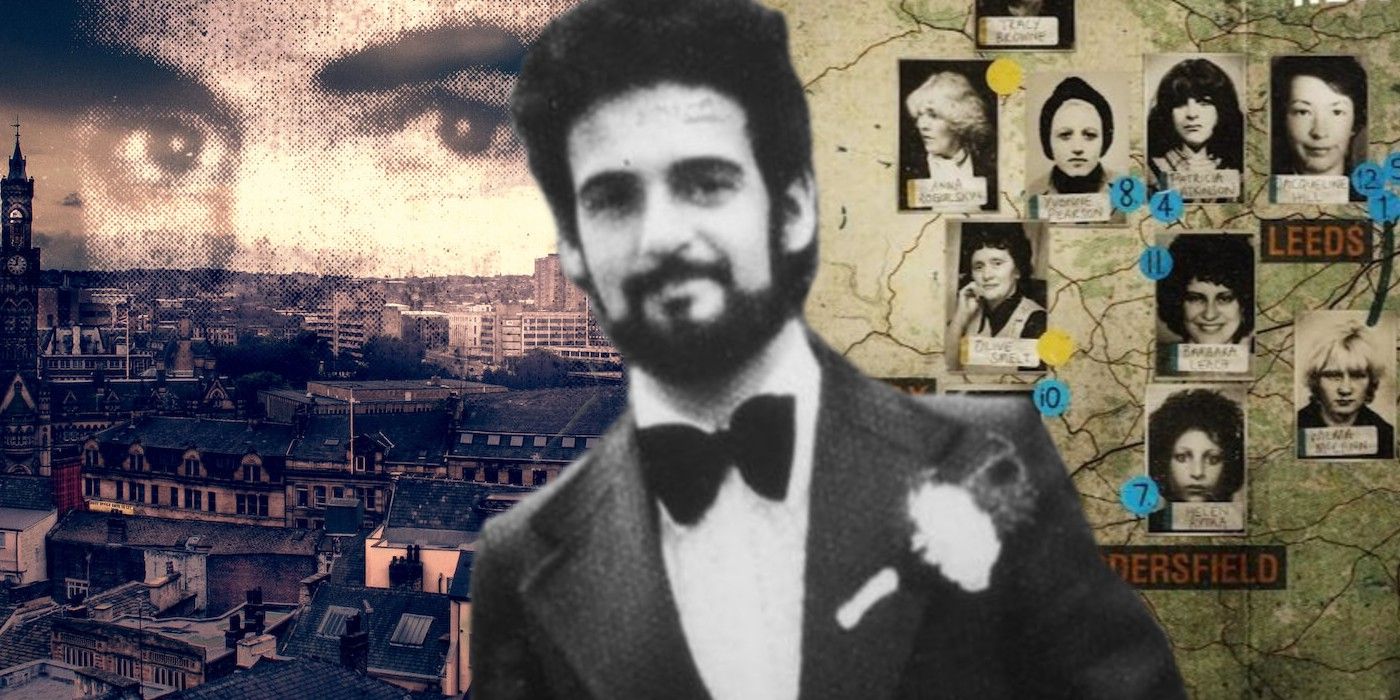
Now streaming on Netflix, The Ripper leaves out significant information about its titular subject. In an attempt not to glamorize serial killer Peter Sutcliffe, directors Jesse Vile and Ellena Wood inadvertently enhance the man's cultural persona, if only by making him a looming, mysterious figure through the four episodes. Whereas the 2021 serial killer doc Night Stalker arguably shows too much, The Ripper doesn't provide the audience with enough biographical information about Sutcliffe, details that are crucial when trying to understand his motivations.
Since releasing in December 2020, The Ripper has been accused of capitalizing upon serial killer tropes in pop culture. Specifically, family members of victims and survivors have expressed frustration about the title, which was originally supposed to be "Once Upon a Time in Yorkshire." It's certainly understandable that some folks aren't pleased with the sensationalized title, "The Ripper," but that was indeed how the subject was branded by the media during his late-'70s killing spree. Overall, the Netflix show mostly focuses on the Yorkshire Ripper investigation, and how the failures of law enforcement resulted in numerous deaths that could've been prevented.
The Ripper plays out like a procedural during the first three episodes, as investigators and survivors recall their experiences. Much attention is paid to the female victims, along with how the police mistakenly believed that the Yorkshire Ripper only targeted prostitutes. As a whole, The Ripper is an especially unique serial killer Netflix documentary because of its societal commentaries about life in late '70s West Yorkshire. By the end, however, there's little insight provided about the killer himself, presumably because Vile and Wood didn't want to humanize Sutcliffe, and thus upset survivors and family members of victims. With serial killer docs, though, it's always important to meet the audience in the middle with objective analysis, so that viewers can better understand why the tragedies happened in the first place.

Who was Peter Sutcliffe? For many people, he was simply the Yorkshire Ripper, and that's the end of the story. But since Sutcliffe is the titular subject of The Ripper, it's crucial to present the audience with a full portrait of the man. For storytelling and dramatic purposes, Sutcliffe's image doesn't even appear in the Netflix docuseries until the fourth and final episode. From there, only a few images are shown of him while interviewees provide their opinions about his life and crimes. By nearly eliminating Sutcliffe entirely from The Ripper, the filmmakers do indeed keep the focus on the victims and the societal commentary. However, they also don't allow the audience to better understand the killer's personality and motivations. Was Sutcliffe charismatic like Ted Bundy? Or was he socially awkward like Richard Ramirez?
There's no video of Sutcliffe actually speaking in The Ripper, so that negatively affects the psychological aspect of the docuseries. The filmmakers don't provide any footage of the subject to analyze and interpret, aside from the arrest video when Sutcliffe walks with his head covered. A serial killer like Bundy used his intellect to manipulate people, but footage of him reveals his arrogance and self-delusion. So, what were Sutcliffe's defining personality traits? Unfortunately, The Ripper relies on a steady dose of "sinister" commentaries, just as Night Stalker relies on the "evil" factor when depicting Ramirez (a man who clearly wanted to manipulate the media to his advantage). For curious streamers, it always beneficial when biographical information is complemented with real-life footage. With The Ripper, the audience is led to believe that Sutcliffe's story doesn't necessarily matter, when in fact it very much does, at least according to psychology-themed serial killer documentaries like Crazy, Not Insane.
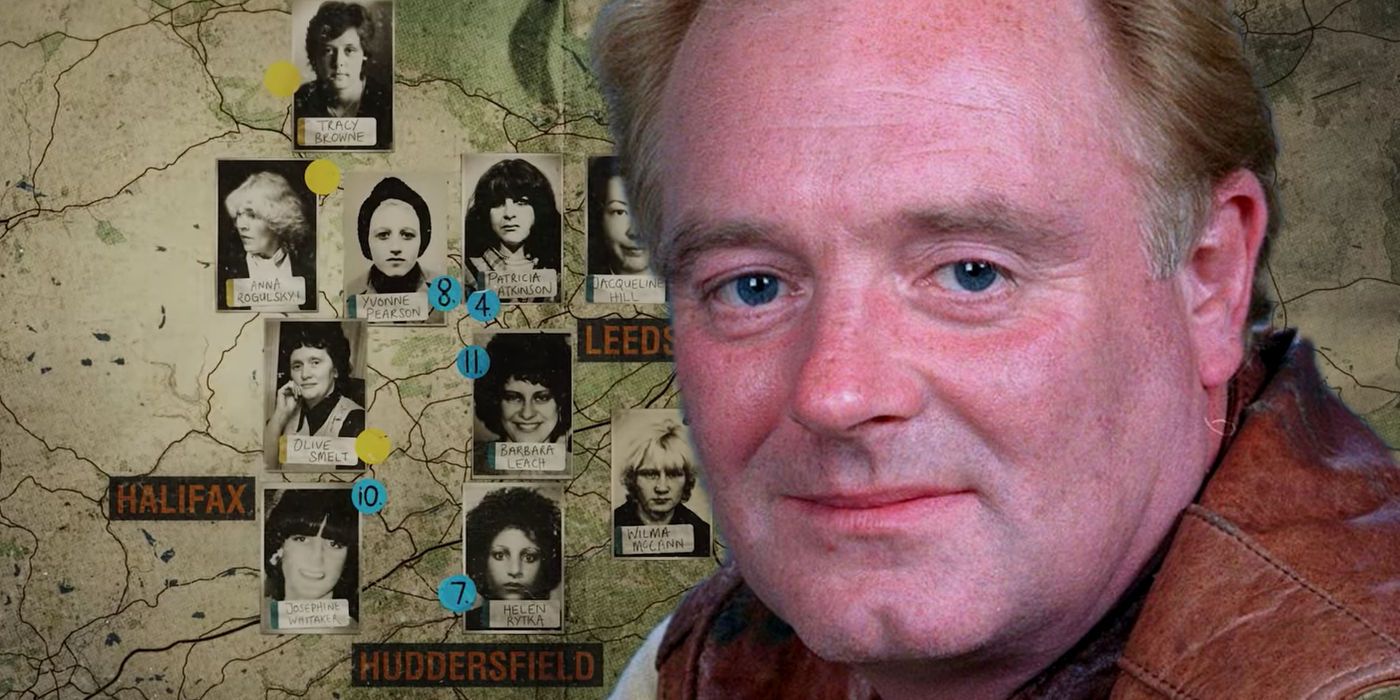
In The Ripper episode 2, "Between Now and Dawn," an interviewee named Bruce Jones recalls finding the body of 20-year-old Jean Jordan in 1977. His commentary is incredibly graphic, and the man himself appears visibly upset when remembering the specifics. It's a heartbreaking sequence, as it further underlines the Yorkshire Ripper's brutal methods while also showing the long-term consequences of his crimes. Jones' appearance is rather brief in The Ripper, but fans of the English soap opera Coronation Street may immediately recognize him as the man who portrayed Les Battersby. What The Ripper doesn't reveal is that Jones was initially targeted as a suspect and that his association with the case nearly resulted in him being fired from Coronation Street upon being cast in 1997. Jones survived a media scandal and ultimately remained on the show through 2007.
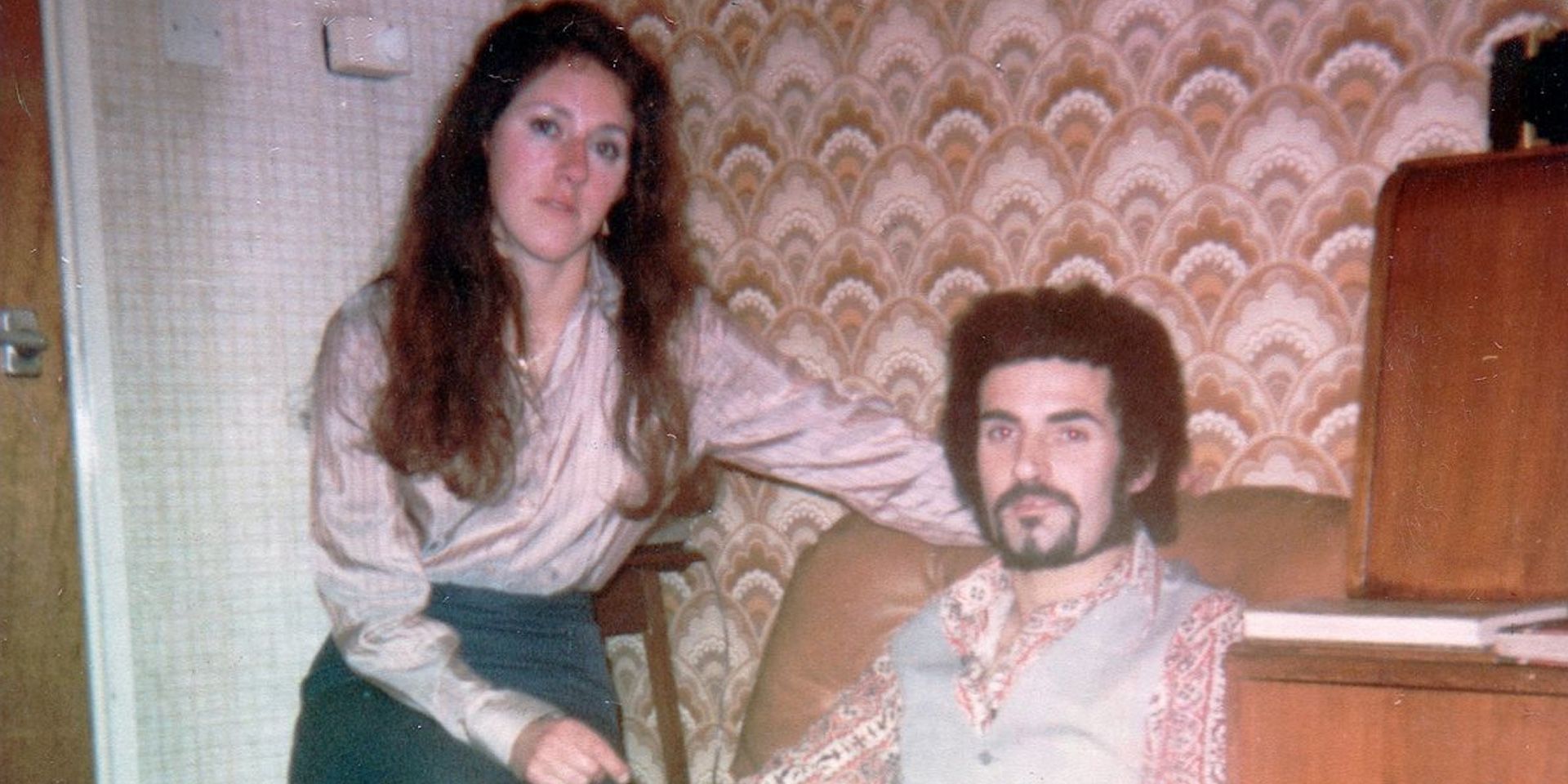
The Ripper surprisingly doesn't offer much insight about Peter Sutcliffe's 1974 marriage to Sonia Szurma, which, again, is relevant when assessing the serial killer's frame of mind. A detective named Andy Laptew recalls the moment he found out that Sutcliffe was the Yorkshire Ripper, and discusses his interview with the man years prior. Sutcliffe told Laptew that he didn't have a need to meet with prostitutes, as he'd recently been married. In reality, though, Sutcliffe had indeed been killing women since 1975, and reportedly even assaulted a prostitute all the way back in 1969 (which isn't mentioned in The Ripper).
What were the dynamics of Sutcliffe's marriage to Sonia? The Netflix docuseries implies that the killer pretended to be a paranoid schizophrenic in court, presumably because his wife had the same condition, and thus allowed him to effectively mimic her behavior. But if Sutcliffe hated women so much, then why did he marry one? It could be argued that he needed a cover to present himself as a family man, but it's also important to explore other possibilities. For example, the Netflix doc Conversations with a Killer: The Ted Bundy Tapes shows that the subject was able to maintain a romantic relationship with a woman while killing others. The Ripper offers zero insight into Sonia's attraction to Peter and doesn't clarify if there was indeed a genuine connection. Incidentally, important questions about the subject's motives go unaddressed. For example, Peter killed prostitutes but didn't have sex with them. So did he murder women because of sexual inadequacy issues? Or did Sutcliffe have a somewhat healthy relationship with Sonia? This information is important, but it all goes unexplored in The Ripper.
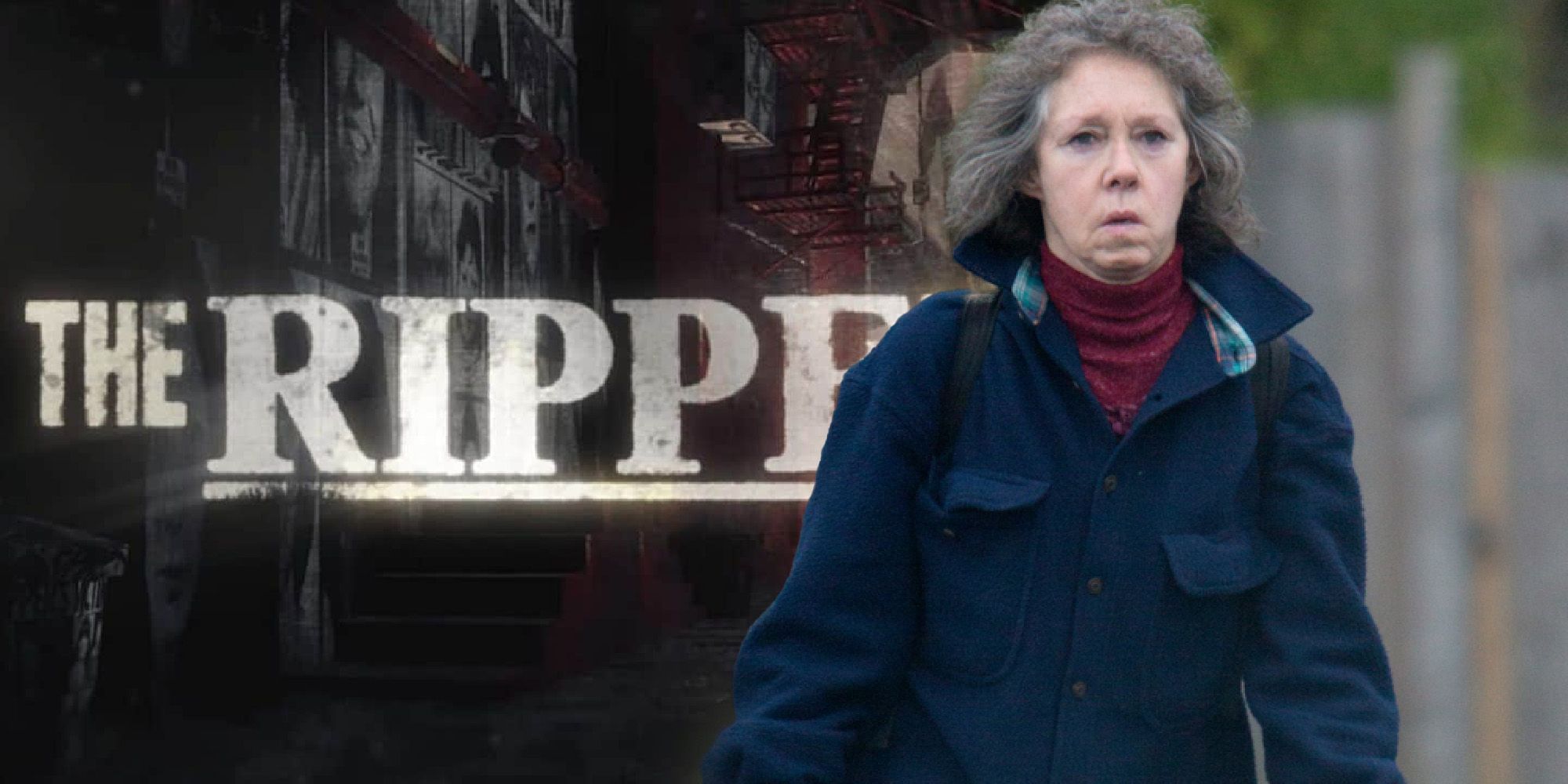
Since The Ripper doesn't spend much time focusing on the subject's marriage, it's not a huge surprise that Sonia's later years aren't documented. Because of the lack of information, though, some Netflix viewers may be left wondering if she was somehow complicit in her husband's crimes. Sonia remained married to Peter all throughout the '80s and was later accused of trying to financially capitalize upon her involvement in the Yorkshire Ripper case. In 1997, she wed hairdresser Michael Woodward, and later stopped visiting her ex-husband around 2015, reportedly because he was "jealous and insecure" about her second marriage. Journalist Barbara Jones once described Sonia as "the most irritating, strangest and coldest person I've ever met." Sonia is currently 70 years old and reportedly (via Daily Mail) arranged for her ex-husband's 2020 funeral.
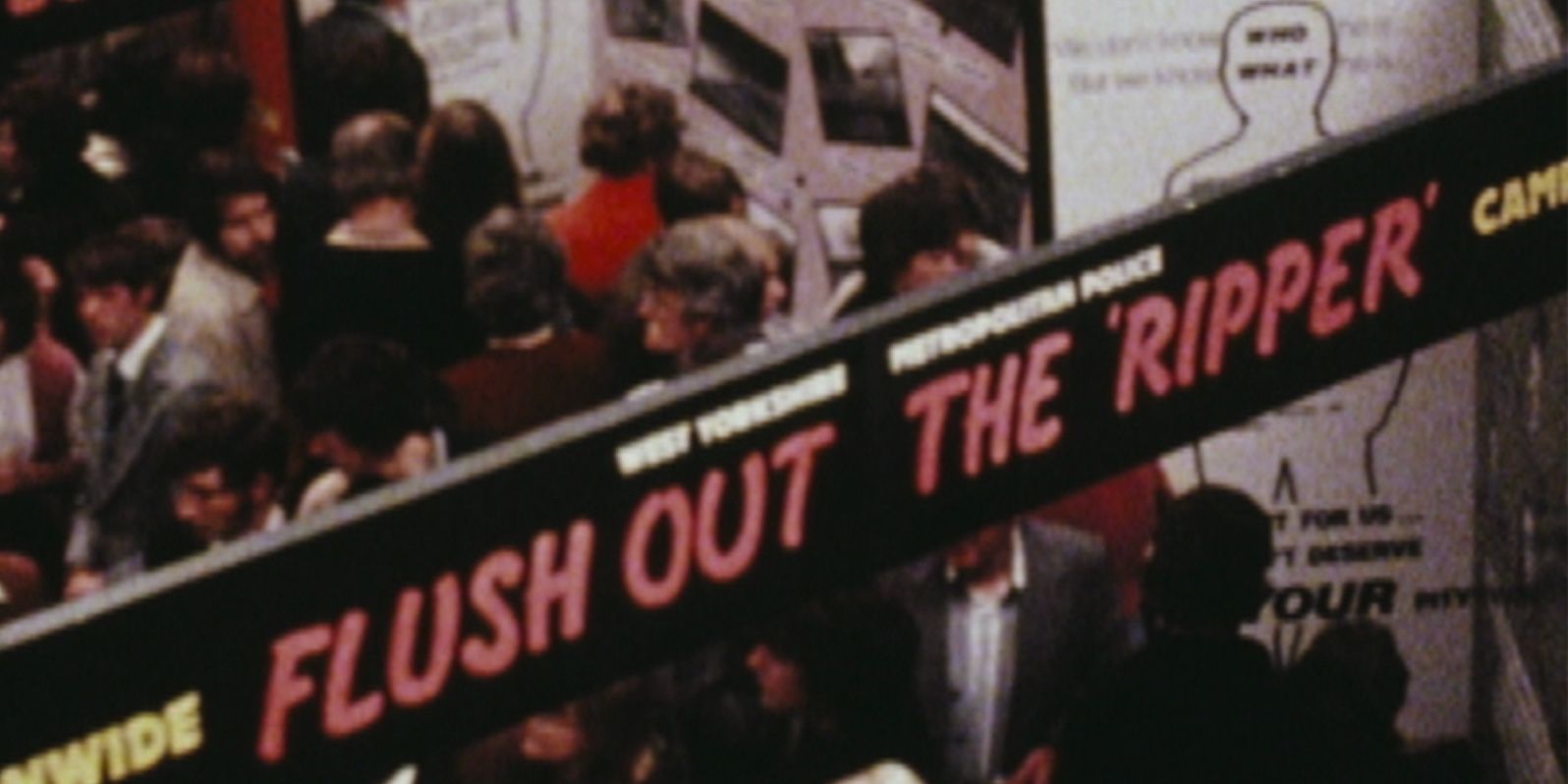
Unlike Night Stalker, The Ripper actually attempts to deconstruct the motivations of its subject. However, the psychoanalysis is relatively thin, and mostly comes from The Sunday Times' Joan Smith, who theorizes that Sutcliffe was raised in a misogynistic environment and learned to despise women because of masculinity issues. Based on Smith's opinion, along with commentaries from psychiatrist Dorothy Otnow Lewis in Crazy, Not Insane, it seems that Sutcliffe's inner demons resulted from childhood teasing and witnessing domestic violence. So, if the future serial killer was raised in a culture that prioritized masculinity over empathy, then that may partially explain his murderous behavior as an adult; Sutcliffe may have killed women because he was unable to properly cope with childhood trauma. Of course, his true motivations are probably much more complex.
The Yorkshire Ripper's modus operandi, along with the biographical information presented in the Netflix docuseries, suggests that he killed because of sexual inadequacy and personal insecurity issues. Sutcliffe would strike women from behind with a hammer, torture them, and then pose their bodies for people to find. Importantly, in The Ripper, the filmmakers do indeed make it clear that Sutcliffe didn't specifically seek out prostitutes but rather women of all ages who seemed to be easy targets in Red Light District areas. What the Netflix series doesn't fully address, however, is the possibility that Sutcliffe suffered from an Oedipal Complex, and that his marriage to Sonia was more about motherly protection and less about true romance.
from ScreenRant - Feed https://ift.tt/39yQ9MQ






0 Comments
Please don't use vulgar comments and avoid discussion on Religious matters